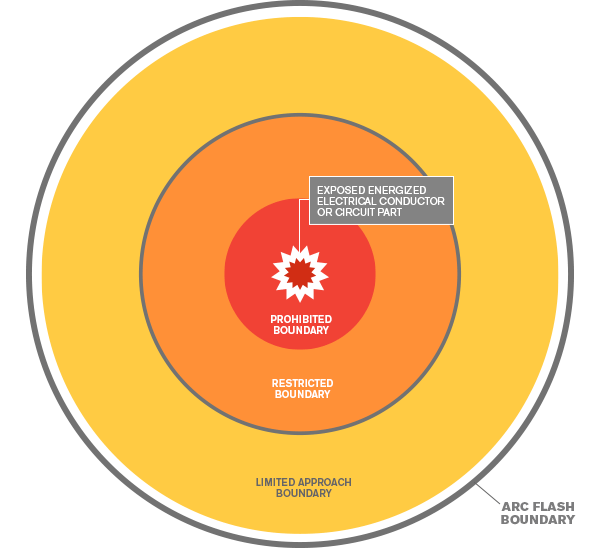
-
 General Purpose Gloves - CoatedMaxiFlex® Ultimate™GP34874
General Purpose Gloves - CoatedMaxiFlex® Ultimate™GP34874
-
 Cut Resistant GlovesMaxiFlex® Cut™GP348743
Cut Resistant GlovesMaxiFlex® Cut™GP348743
-
 Safety HelmetsTraverse™HP1491RVM
Safety HelmetsTraverse™HP1491RVM
-
 Safety HelmetsKilimanjaro™HP642R-MCH
Safety HelmetsKilimanjaro™HP642R-MCH
-
 High Performance GlovesBoss®GP9916
High Performance GlovesBoss®GP9916
-
 Safety HelmetsTraverse™HP1491RM
Safety HelmetsTraverse™HP1491RM
-
 Cold Protection GlovesG-Tek® PolyKor®GP418035
Cold Protection GlovesG-Tek® PolyKor®GP418035
-
 High Performance GlovesBoss® XtremeGPKS993KOAB
High Performance GlovesBoss® XtremeGPKS993KOAB
-
 Extended Use Disposable GlovesGrippaz™ SkinsGP67246
Extended Use Disposable GlovesGrippaz™ SkinsGP67246
-
 Extended Use Disposable GlovesGrippaz™ Food PlusGP67308
Extended Use Disposable GlovesGrippaz™ Food PlusGP67308
-
 Extended Use Disposable GlovesGrippaz™ EngageGP67307
Extended Use Disposable GlovesGrippaz™ EngageGP67307
-
 High Performance GlovesBoss®GP9120
High Performance GlovesBoss®GP9120
























